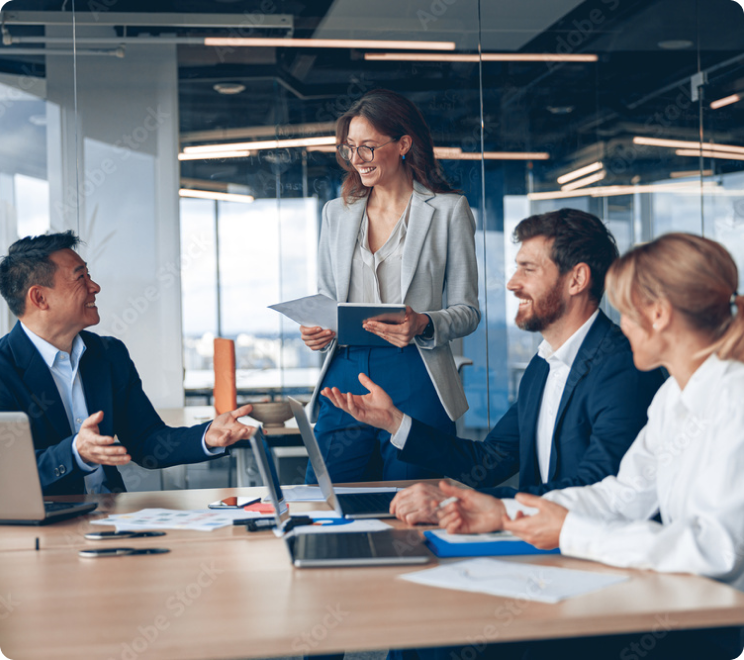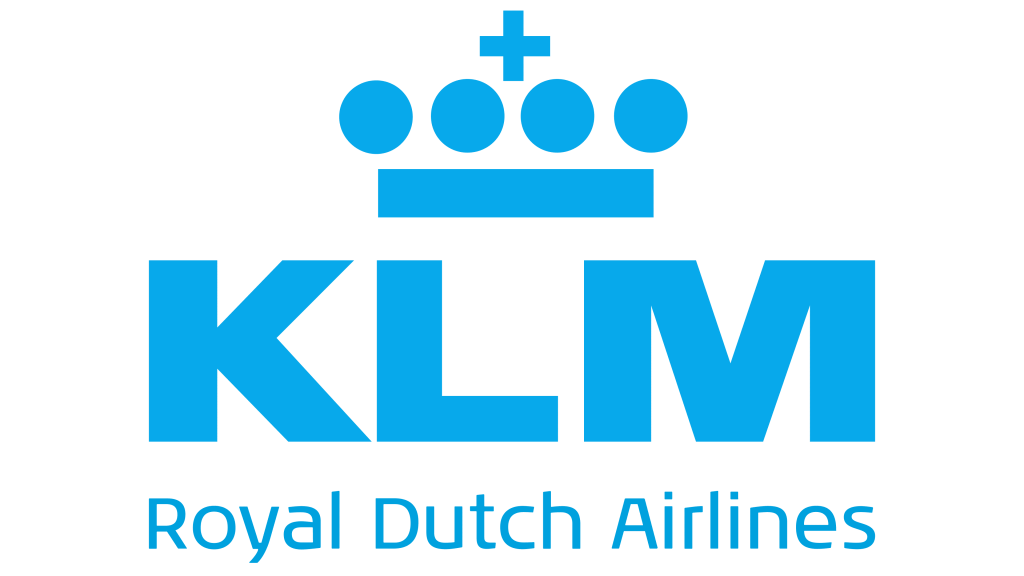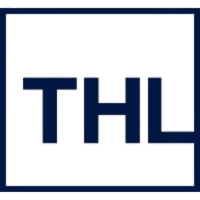A global report on the hidden costs and risks of software

Discover the threats in your software that compromise business security, drain budgets and limit innovation – then find the path forward.

of systems have a low degree of security controls

increase in maintenance costs due to poor software quality in the largest systems

slower updates when the software architecture is poor

of AI and big data systems have quality issues


Introduction
The state of software in 2025 is both urgent and uneven. This year’s report reveals that too many organizations are running on fragile foundations. Hidden risks in architecture, security, and maintainability are holding back growth—and increasing costs. This report delivers critical insights on the state of software quality in 2025 so that CIOs, CTOs, and technology leaders can make informed and strategic decisions.
CHAPTER 1: Why software security isn’t just a final checkpoint
CHAPTER 2: The hidden cost of poor code
CHAPTER 3: How legacy systems are slowing you down
CHAPTER 4: Cloud readiness is more than a one-time move
CHAPTER 5: The challenge of AI adoption
CHAPTER 6: The growing need to go green










Software Improvement Group (SIG) leads in traditional and AI software quality assurance. Empowering organizations to become more resilient and agile by guiding them to enhance their software quality and security through deep source code analysis and tailored, strategic advice.
Sigrid® – its software assurance platform – leverages the world’s largest database containing over 270 billion lines of code across more than 20,000 systems and 300+ technologies, and intelligently recommends the most crucial initiatives for organizations. SIG complies with multiple ISO/IEC standards, including ISO/IEC 27001 and 17025, and has co-developed ISO/IEC 5338, the new global standard for AI lifecycle management.
SIG was founded in 2000 and has offices in New York, Copenhagen, Brussels, and Frankfurt, and is headquartered in Amsterdam.
Sigrid®, together with expert software engineering consultants, and nearly 25 years of industry-leading research, position SIG as the foremost authority on software excellence.



Notifications